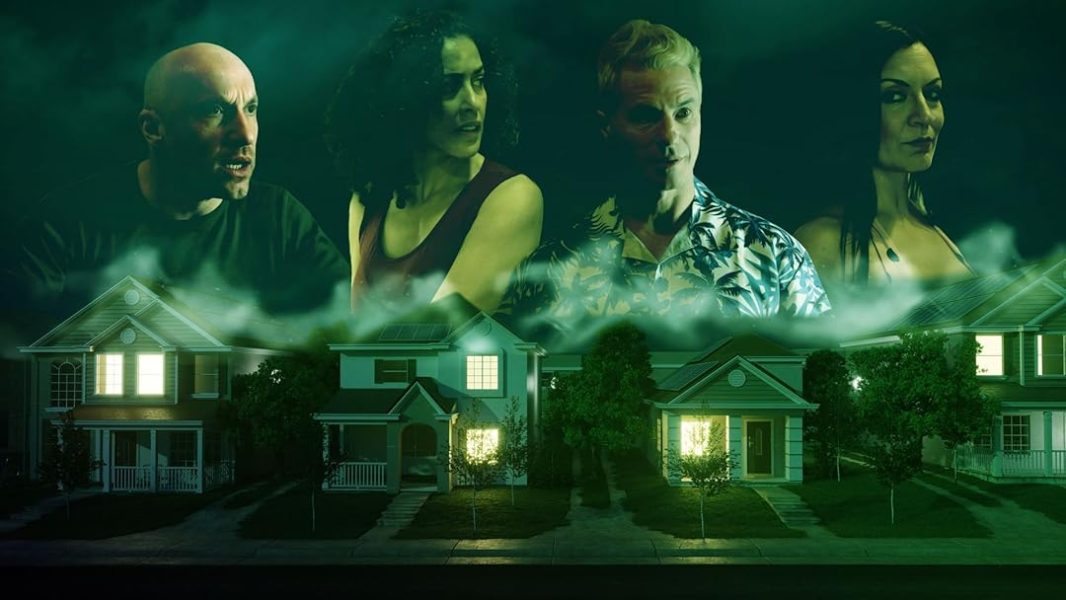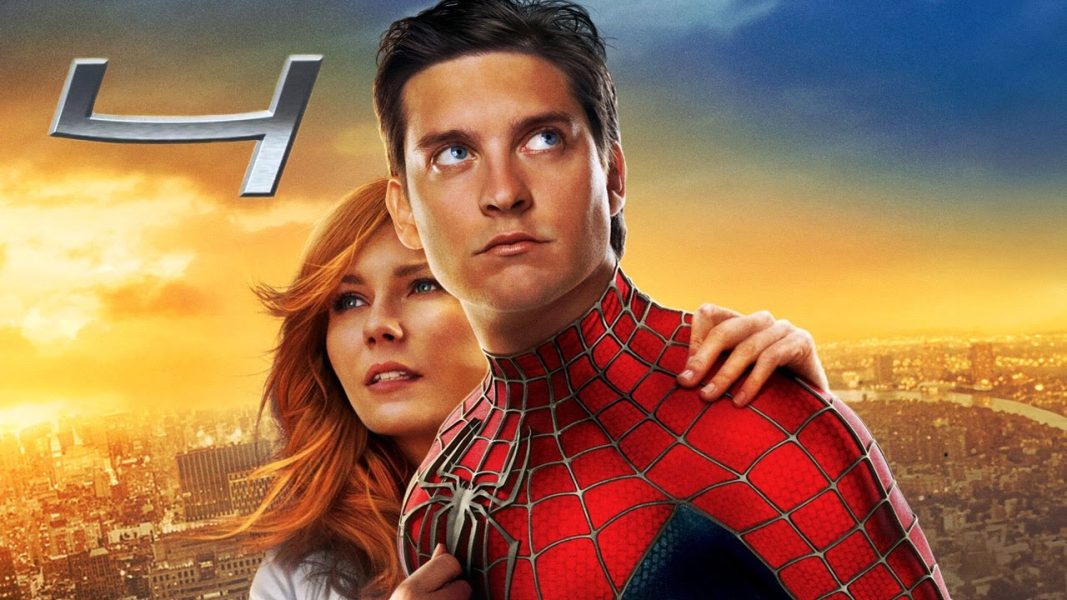Darker Than Black (2007)—A Underrated Anime Series with a Lackluster Second Season

Set in Japan, the show revolves around Contractors–certain people who possess specific powers, but lose their ability to feel regular emotions. After each use of their power, they must perform a specific task to “pay their price.” Each Contractor is identified by a messier code and star. The origin of these Contractors is unknown, though many linked their appearance to a space anomaly that occurred over South America, known as “Heaven’s Gate.” Meanwhile, in Tokyo, another space anomaly opened up, known as “Hell’s Gate.” Due to their ruthlessness, major world governments begin to hire them as spies and assassins. Additionally, a Japanese government-funded research facility called PANDORA is created to study the phenomenon of Hell’s Gate.
Hei is a 21 year old Chinese exchange student studying overseas in Tokyo. While he may seem like an ordinary, albeit shy kid, he is actually a cold and calculating assassin identified by his messier code BK201 and works for a mysterious Syndicate. Throughout the series, Hei kills the enemies of the Syndicate all while maintaining his alias and searching for his sister, Bai. However, the Japanese police and later PANDORA begin to crack down on his alter ego activities.
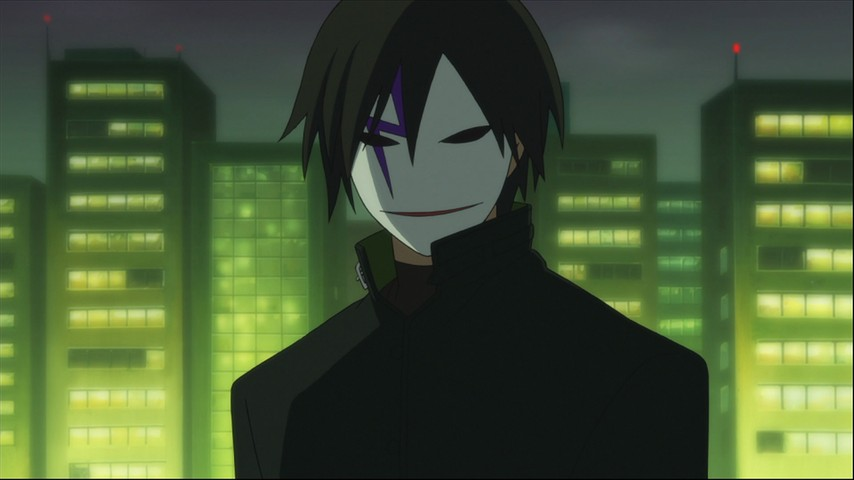
Darker Than Black is well-animated for a show from 2007. Upon first viewing it, I actually thought it was created around 2012-13, as it had a similar quality to its animation that Sword Art Online had. The characters all move smoothly and the art style looks stunning. My favorite scenes all occur during the night time in Tokyo. The lighting and color grading both work together to give the anime an aesthetic reminiscent of The Matrix. Additionally, Hei’s wardrobe also draws similarities to The Matrix, wearing a bullet-proof long black coat.
The world of Contractors and the power system is very interesting, with the powers varying in their creativeness from pyrokinesis, flight and molecular manipulation. Additionally, these ‘prices’ that the contractors pay adds a lot of character to them, especially as the prices can range from mundane activities such as folding book pages and baking food, to self harm such as breaking your own fingers. Each gives uniqueness to even contractors that appear for only a few minutes. The Contractors’ other defining characteristic—their emotionlessness and sole focus on reason—creates an interesting set of questions about their humanity and place in society. Combined with Dolls—emotionally dulled humans who can act as surveillance systems—the series makes us question the nature of emotion as well as what constitutes emotion, as Contractors and Dolls often prove more emotional than expected.
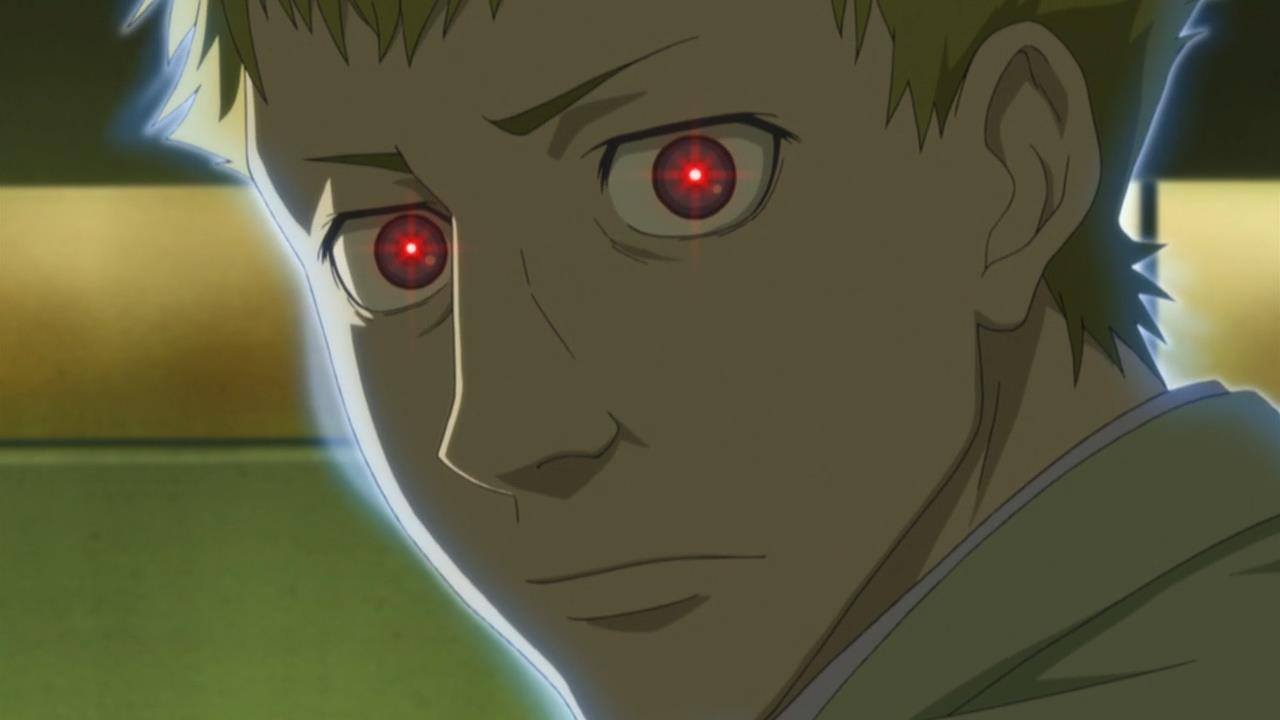
While the first season does a great job establishing the world of Contractors and Dolls, the second season was a bit of a down grade when we are introduced to a new character: Suo Pavlichenko, a middle school student whose brother is a Contractor. Her life is turned upside down when she suddenly develops Contractor powers. While it’s always nice to get a different perspective from a new character, I felt her introduction kind of shifted the tone that the first season set up. Additionally, Suo’s power—summoning an anti-tank rifle with limited ammo—is rather lackluster compared to the powers of other Contractors. Despite her lackluster introduction, as season 2 progresses, it’s revealed that the real Suo is actually dead and the Suo we have followed is a clone implanted with false memories. This is where her character suddenly becomes interesting and she undergoes a complete character shift. Despite this, her story doesn’t mesh well with Hei’s story.
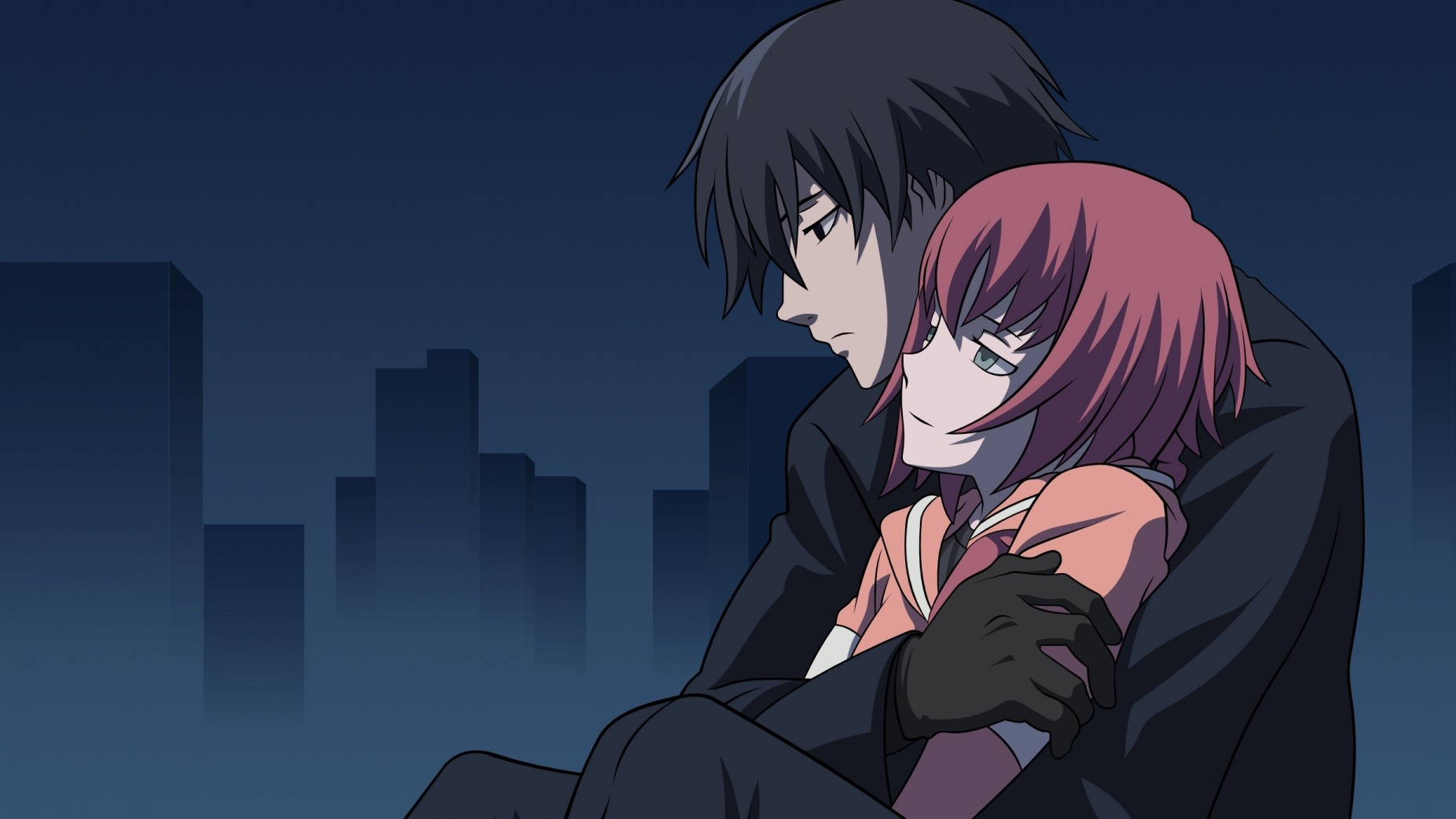
Speaking of Hei in season 2, he really falls off the deep end in the second season. In the first season, Hei was an unstoppable badass yet also an emotionally tortured soul who loves his sister and friends. In the second season, he loses his powers, his air of coolness and his friends. To cope with this loss, he becomes an alcoholic and spends most of the second season drunk and abusive towards Suo. He slowly grows back into himself as the season progresses, and it is satisfying to see him regain his old self.
One character who doesn’t change is Misaki Kirihara, a policewoman who handles matters involving contractors, and the second main character of the series. Like a lot of the main cast, she is quite likable, has a good dynamic with Hei and has a strong determination and moral compass. She also brings us into the world of the police force and in season 2, Section 3, which adds intrigue to the show. While she is always a step behind Hei, this does not detract from her overall character or make her superfluous to the series.
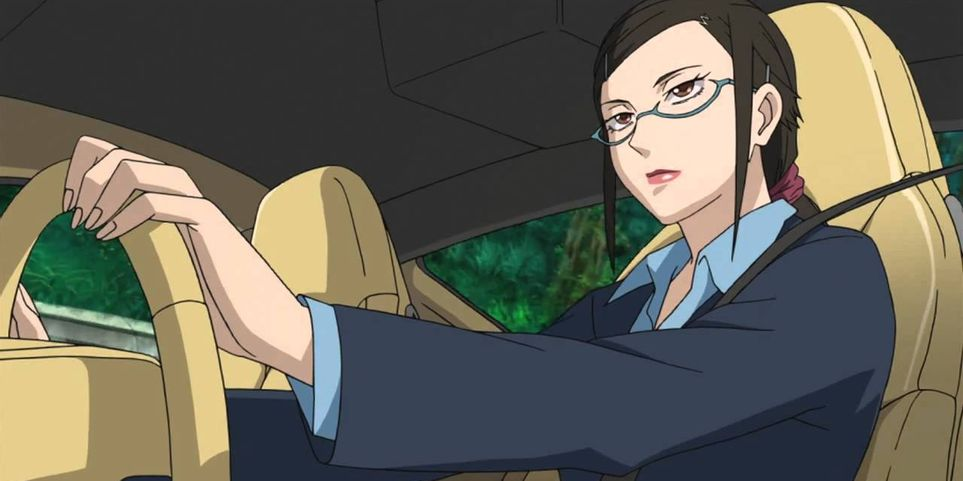
While season 1 introduced us to a unique world that is similar but different to our current one, season 2 takes a lot of risks in its narrative and events, and whether those risks pay off, is debatable. The initial tone and setting change can very easily throw a viewer off but the story continues to be engaging, and the season was able to more or less get back on track in the latter half. After the mixed reception of the second season, many fans were petitioning for a third season that would rectify the second season’s muddiness. However, the show was never greenlit for a third season. Maybe a third season would’ve helped, but the show at this point has been a decade old, meaning that the anime getting rebooted seems more realistic.
Co-Written by: Owen Gonzalez


